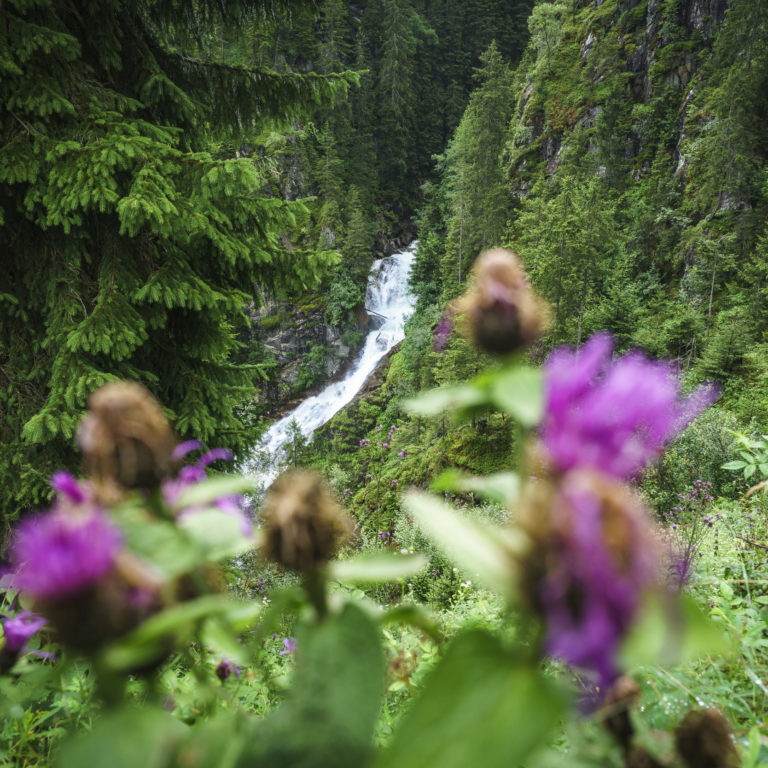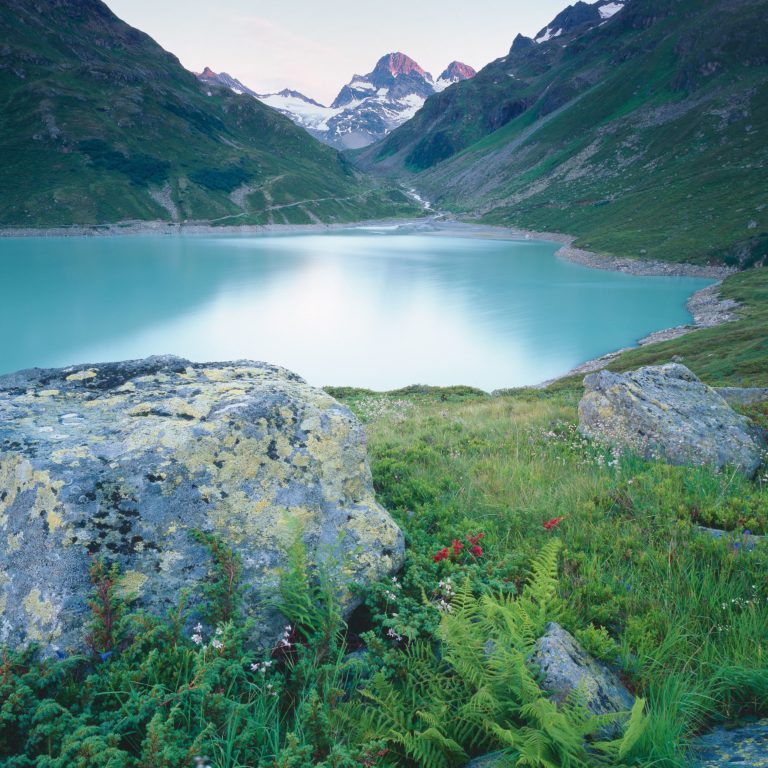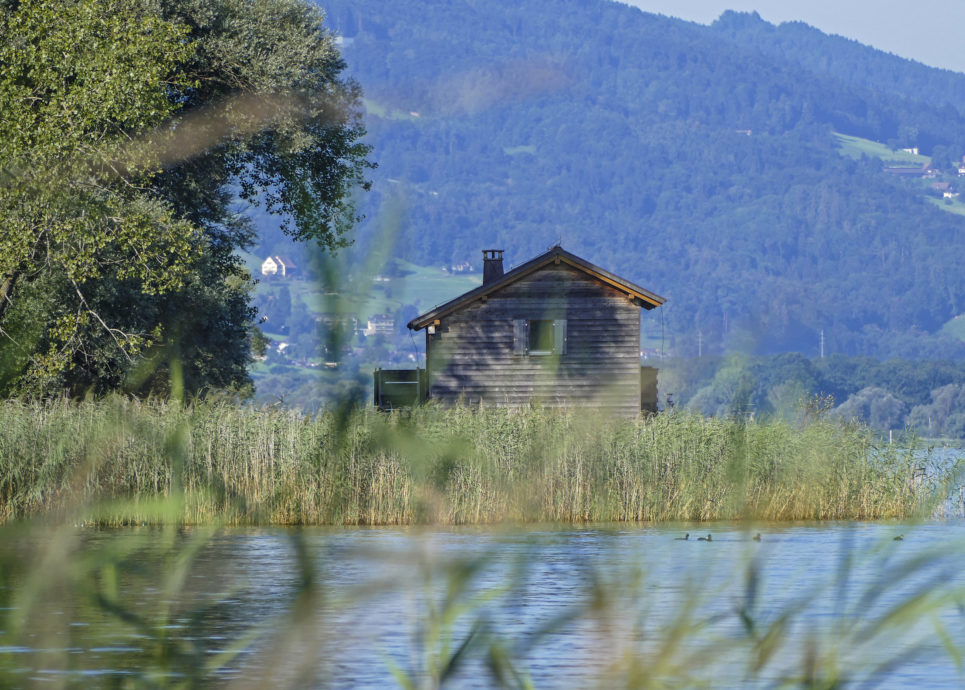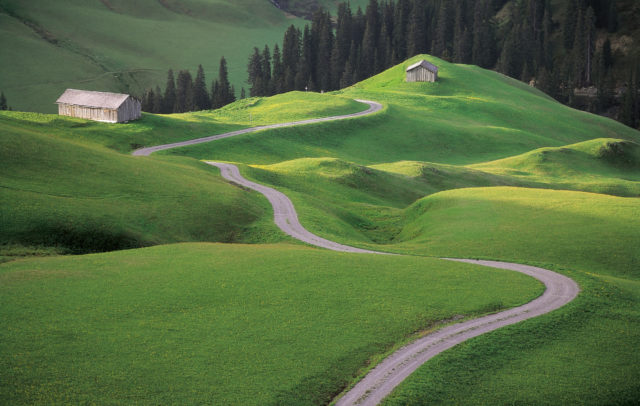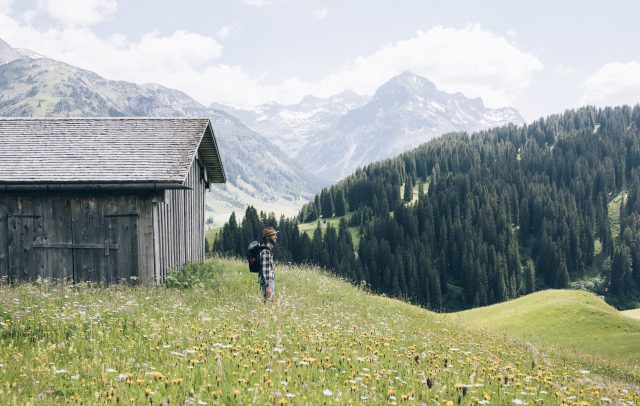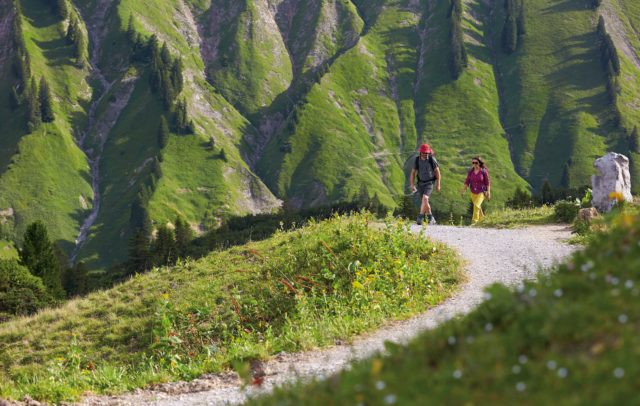Essay
Everything is in motion
Peter Natter, philosopher from Vorarlberg, contemplates motion, being active and the currents of life
Alongside the infamous “Hands up!”, the command “Don’t move!” was always the capital threat on the radio and the television. Movement is essential, without it nothing is possible. Yet the same applies to rest too. Roll up your sleeves, get things moving or, by means of a Mexican wave, let your favourite team know that you want to help them along on their success: there must be something going on, there must be something happening. Basically, movement is essential.
“Don’t just sit around, do something!” has been the common set phrase for ever. On the other hand, the stillness, the quiet, the time out, the slowing down, the temporary holiday in a retreat, the superiority of the (near) inaccessibility in the mountains, on the oceans, in the deserts. The seemingly unavoidable movement too easily gets into the pull of phenomena such as speed, pace or progress, necessary activities get lost in simple meddling, the hectic busyness of the rat race.
First of all, I am going to try with one of the most meditative movements I know: with that of the pendulum. Its movement is only accessible to one who stays motionless or who joins in the great flow of time. Let me swing backwards and forwards in these thoughts about motion, dear readers: swing between two great thinkers, i.e. exemplary moved movers: Albert Camus (1913–1960) and Blaise Pascal (1623–1662).
Camus proposed a surprising, indeed moving appraisal of Sisyphus, the poor chap who, as a punishment for his self-aggrandisement, is condemned by the gods to repeatedly push a stone uphill, to have it roll back down, to follow it, and to start the exercise all over again for all eternity. The philosopher demands that we consider Sisyphus a happy man in his eternal uphilldownhill movement. Yet: the focus of the happiness of the unlucky fellow is on the downhill movement when he follows the stone which rolls downhill of its own accord and, in particular, the focus is on the lack of sense, the lack of purpose of his activity. This intends to teach us not to interpret too much from the motion! It is what it is: the matter of course of life. As soon as it is overloaded with sense and purpose, the fun stops – never mind happiness!
As an antithesis, there is Blaise Pascal’s dictum according to which all human unhappiness comes from humans’ inability to stay at home quietly and peaceably. By all accounts, Pascal would appear to be right. We wish to move about between these apparent contradictions. There is enough space for exciting motion. Apropos exciting: “Man is a rope stretched between the animal and the superman”, is how Friedrich Nietzsche (1844–1900) phrased it. He was one of the first proponents of the concept of movement. According to Nietzsche, who himself industriously hiked all over the Engadin, man doesn’t acquire his truths by sitting about, he attains them through action!
Let me swing backwards and forwards in these thoughts about motion…
While Sisyphus’ happiness is based on the fact that something’s going on in his life-after-death, ultimately, for Pascal, the mathematician, sitting still is a prerequisite for happiness by enabling the realisation of the greater movement of the world, or being moved, of becoming a part of it and participating in the movement of the world. The tourism state of Vorarlberg could be an El Dorado for such figurative balancing acts while hiking along mountain ridges. The rope that is stretched between Lake Constance and the Silvretta is a fantastic terrain for motion which generates rest, and for rest in which, as it is said so poetically and correctly, lies the power for motion.
What does motion mean in a tourism region such as Vorarlberg? It arises to a large extent from the state not only being a tourism region but also an area teeming with industry, commerce, craftsmanship and agriculture. It is also a densely networked or even, it could be said, a globalised little land which loses itself in order to belong to the world. Exports and the transfer of knowledge and data are subjects frequently under discussion. Motion in all directions is a constant. Numbers and figures must always be in motion as well: numbers of overnight stays, numbers of employees, turnover and utilisation figures. Always in motion and always upwards, since more is better. I don’t like the idea that more necessarily implies better.
And the moral of the story is? At least it makes you feel good.
For when motion is the subject, there can only be one standard – the human. The human as the standard of all things is a principle of philosophy which is as old as it is hard to interpret. It can result in hubris or in self-abandonment. And yet: abandoning straightforwardness could be a decisive error, irrespective of which area of public or private life we are talking about.
An enormous asset of the tourism region of Vorarlberg is the topographic and cultural diversity despite its size. Mountains, lakes, towns, villages, art, leisure, action, festivals, trash and traditions. Vorarlberg swings between many poles, phenomena and points. It is a manageable size, which makes it accessible by moving about under one’s own steam as a human. The state is small enough to hike through during a summer holiday, and large enough to rest there. Now sounds an essential aspect of motion – time and, with it, phenomena such as acceleration or speed which have become so dominant. It is a malevolent anachronism that cars are still advertised by highlighting their acceleration rates (“0 to 60 in 3.4 seconds”) rather than the extent to which they benefit their users, or not.
And the moral of the story is? Is one needed? At least it makes you feel good. What else should a moral do, if not make you feel good? Somehow we live in a state in which motion is suspicious. Why else are there so many motion sensors which illuminate even the most harmless of evening walkers every step of the way, which shed light on their motion as if it were suspicious in and of itself? To conclude, I feel compelled to take up the cudgels for Camus’ Sisyphus over Pascal’s stay-at home. Take up the cudgels for Sisyphus, the mountainclimber, the steadfast patron saint of the much moved person if they take it upon themselves to realise their human standard. For that reason we have, and need, sitting rooms, in order to have ourselves moved (away) from their peace and quiet. Treading water isn’t motion – or is it? Not everything, not everywhere that things go forward is motion. Progress does not necessarily equal motion. They say that there is no progress in the things that really matter, yet an incredible amount of motion: in art, in philosophy, in being human, in life. What are you waiting for?!
Author Peter Natter
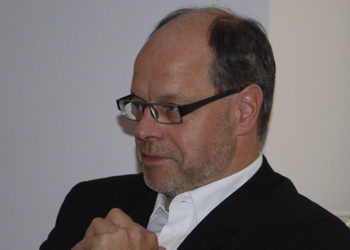
Peter Natter, born in 1958, studied Romance studies, philosophy and psychology.
Natter, who also writes crime novels set in Vorarlberg, lives in Dornbirn, where he
established a philosophy practice in 2005.

